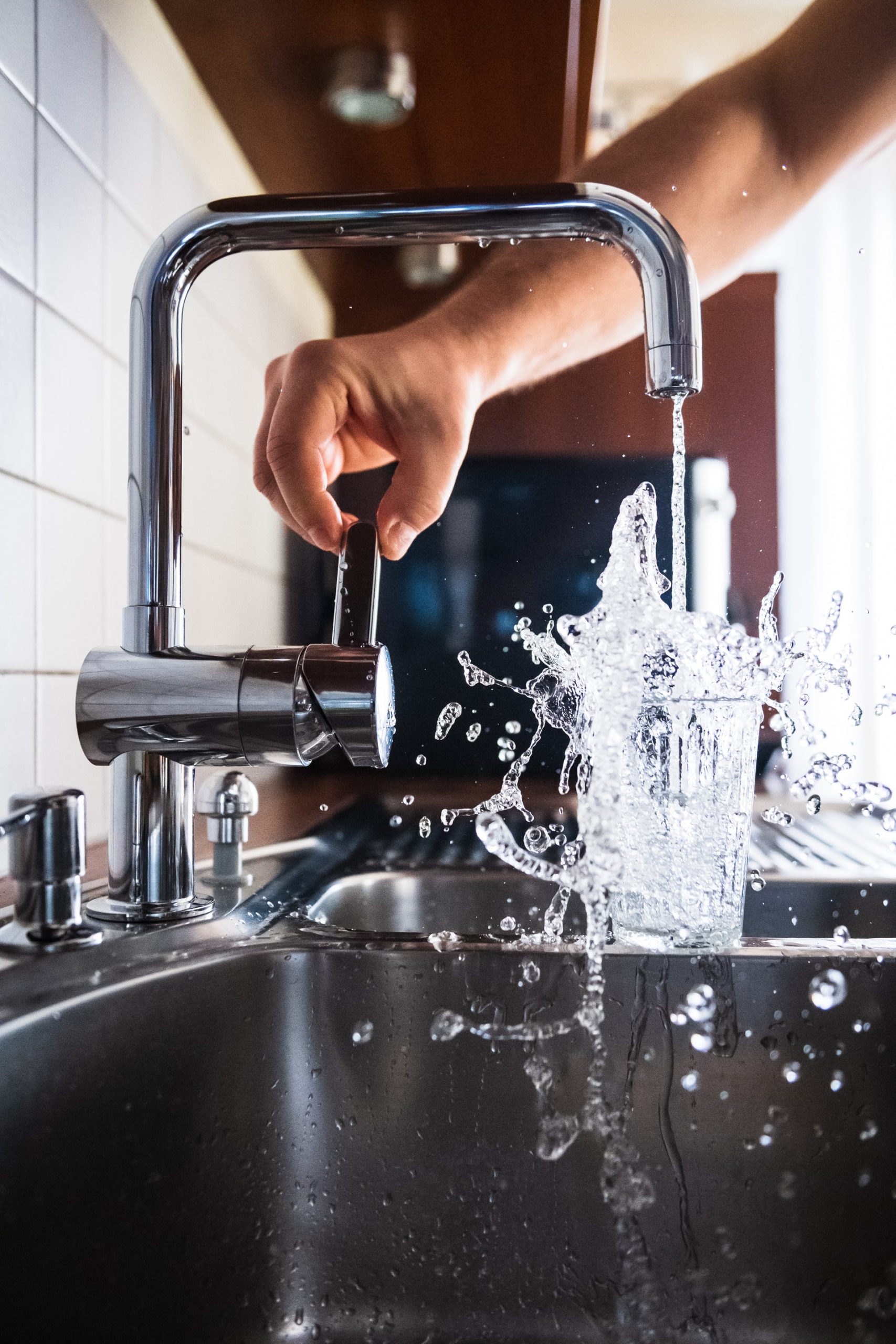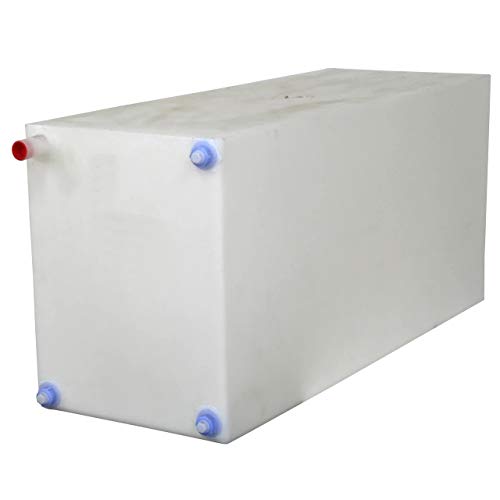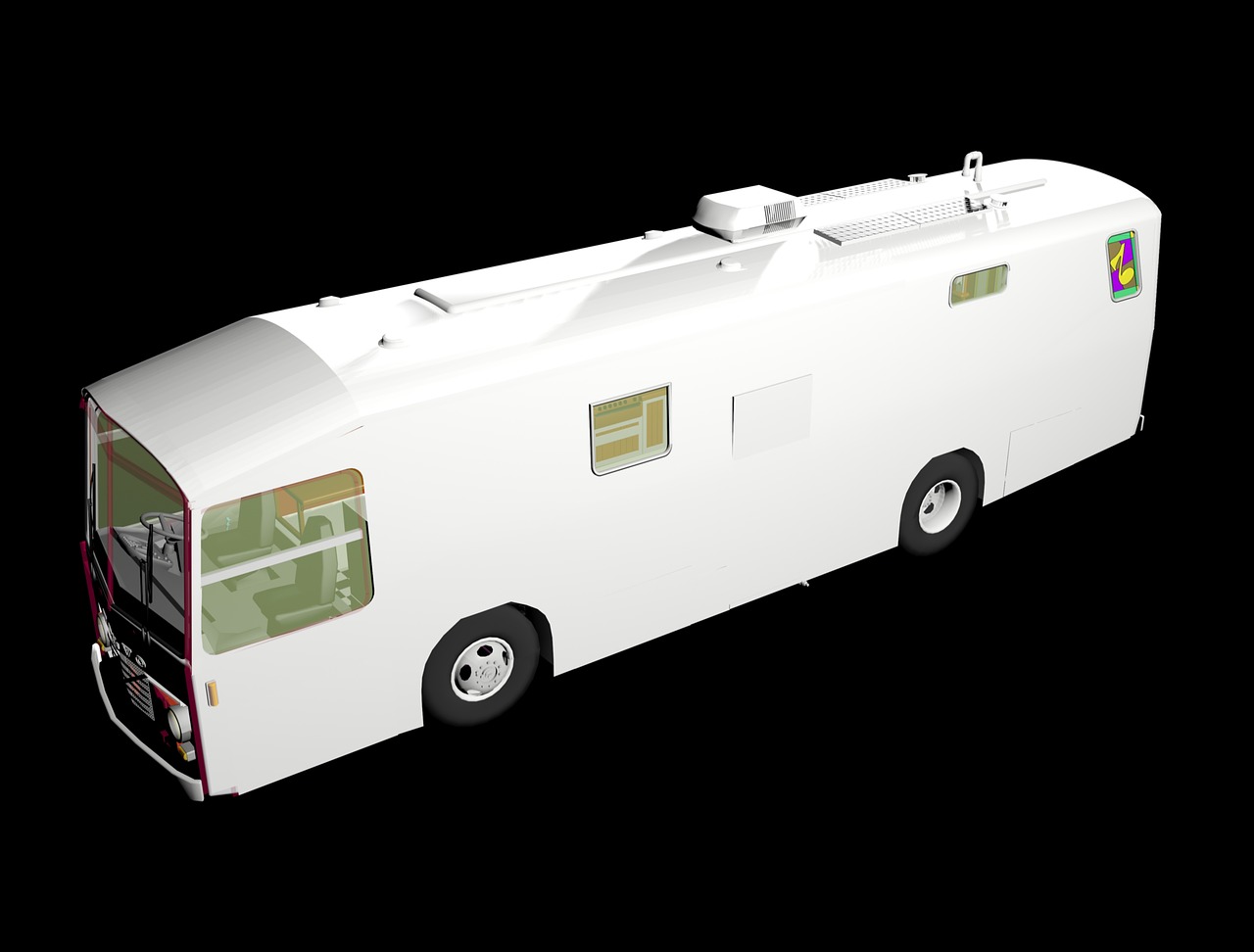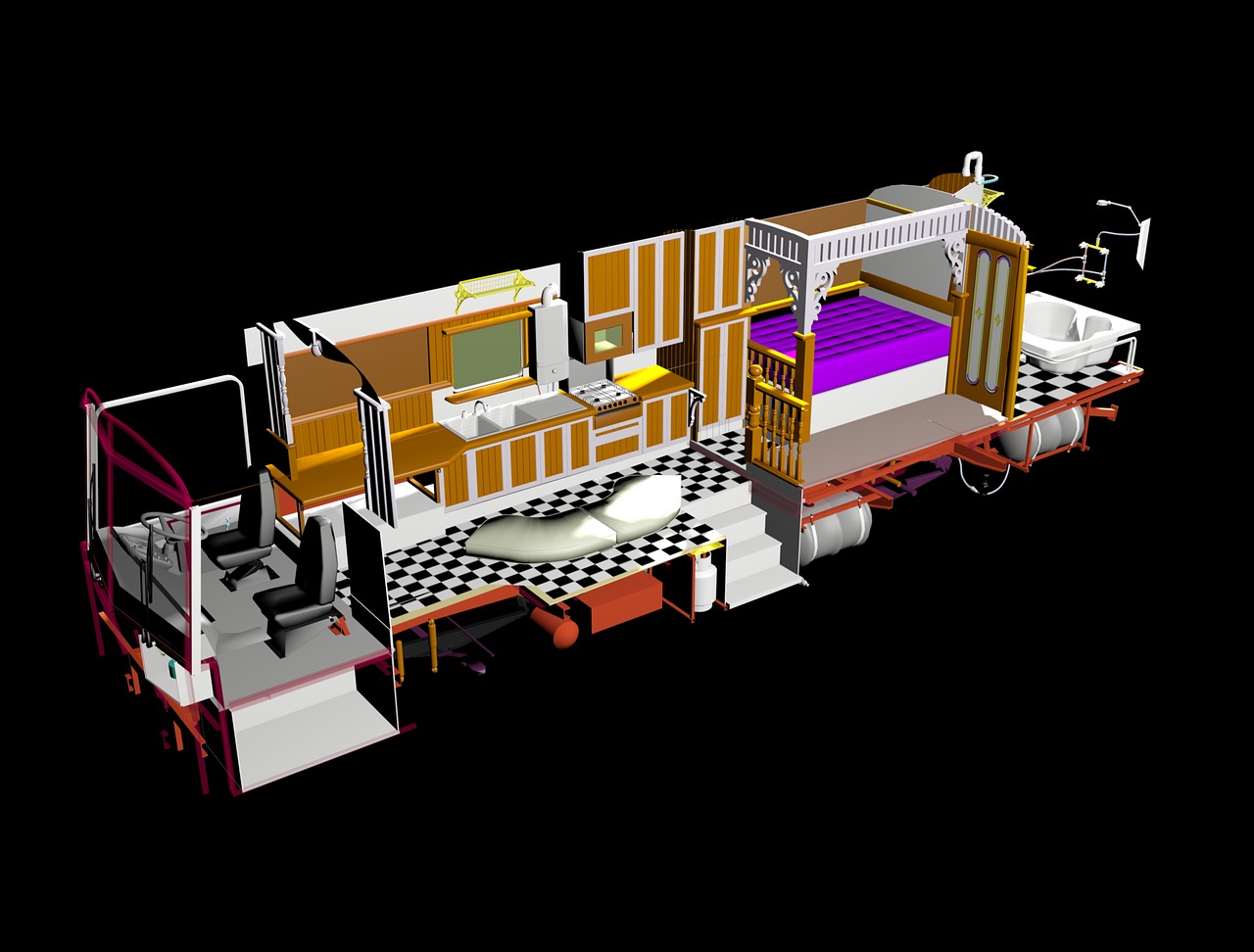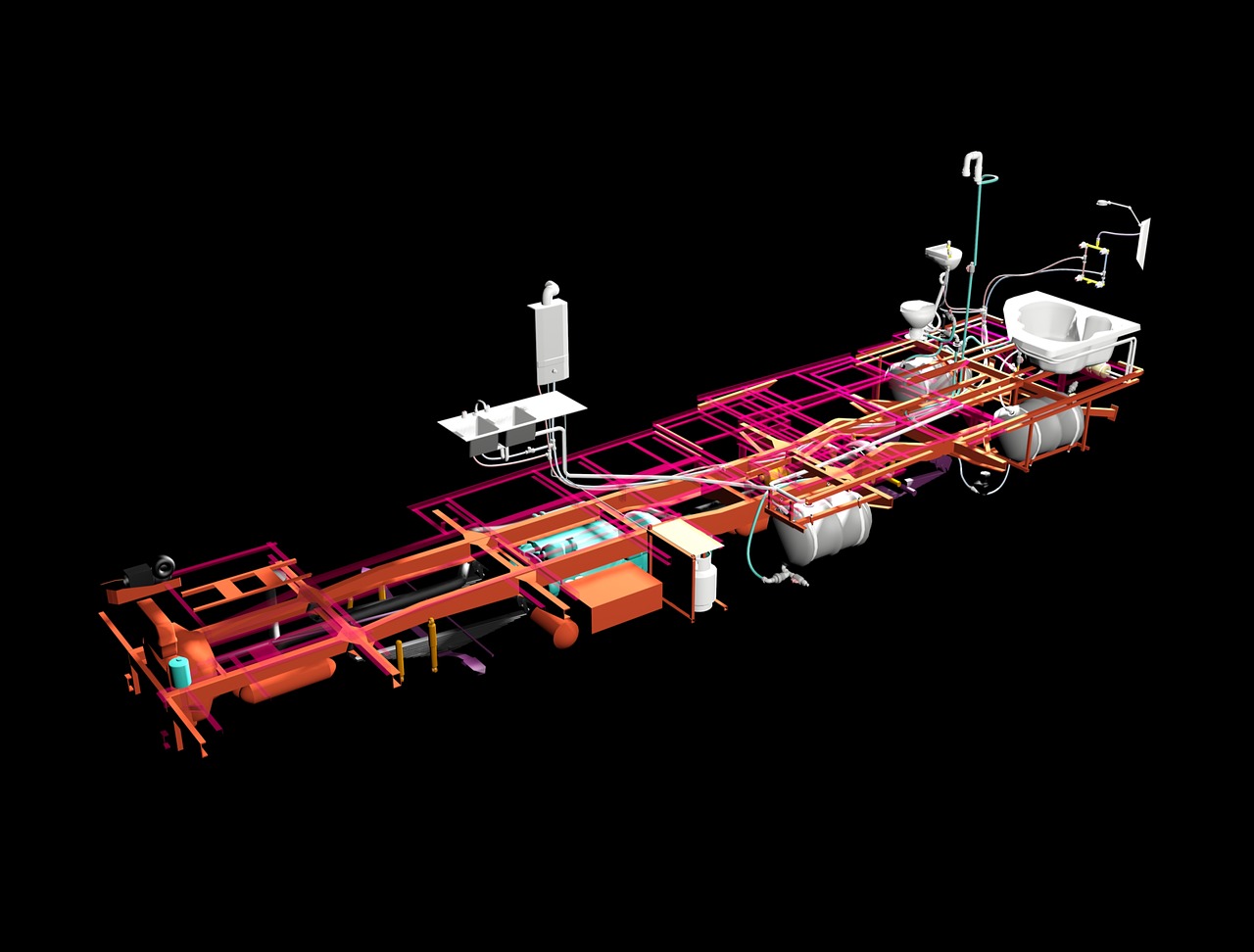Skoolies provide travelers with the opportunity to explore the world while in the comfort of their own homes. However, life on the road can become inconvenient and troublesome without running water.
Skoolie plumbing isn’t something all bus-dwellers opt for. However, investing in a decent plumbing system can make your experience much more comfortable.
In this article, we’ll be discussing the different things to consider when setting up your skoolie’s plumbing.
The Skoolie Plumbing-Set Up
Getting your plumbing setup correct the first time around is vital. If the setup isn’t perfect and the interior walls are put into place, it’ll be extremely difficult to go back and fix it.
Some bus-dwellers decide to make the plumbing connections easily accessible. This makes repairs on the road much simpler.
So, what are the main components of the plumbing system, and how should we set them up?
Fresh Drinking Water Tank
Having potable water is an essential part of making your skoolie livable. The size of your tank depends on the following factors:
- The size of the bus.
- The size of the grey water tank.
- The time in between refills.
Usually, skoolies require a tank that is between 20 and 100 gallons.
The positioning of the tank can affect the way your skoolie drives. This is because of the weight of the water in the tank. For example, having the tank on the roof makes the skoolie more likely to topple over. Whereas lowering the center of gravity of the tank allows the skoolie to drive more smoothly and with a lower risk of tipping over.
Most skoolie owners opt to place the tank in the underbody storage. The tank often runs along the width of the bus (from the driver side to the passenger side). Positioning the tank in this manner ensures an equal weight distribution regardless of how full it is.
Gray Water Tank
Usually, water flows down the drain and then travels to either a septic tank or sewage system. However, this isn’t the case in a skoolie. So, where does the wastewater go?
Skoolies store water in a grey water tank. This tends to be a similar size to the fresh water tank. The water from the kitchen, bathroom sink, and shower all end up in this holding tank.
The gray water tank is vital because letting the water runoff onto the ground isn’t legal everywhere. It’s always better to be safe than sorry!
Much like the freshwater tank, the gray water tank is stored in the underbody storage area. Storing it in this manner allows for more living space inside the skoolie.
Fresh Water Pump
To ensure a smooth and steady flow of water from the fresh water tank to the faucet, a water pump must be installed. Many factors play a role in determining the size that this pump should be, including:
- The size of the tank
- The distance between the pump and the faucets
- The volume that’ll be needed (measured in gallons per minute) if multiple faucets are used at the same time
Fresh Water Filtration
Once your freshwater tank is depleted, where do you plan on refilling it? This is something you need to consider.
Your planned water source will determine the level of filtration that you’ll need to ensure that your water is safe for consumption. Your water source is the main factor impacting the levels of filtration needed for safe drinking water.
Most bus-dwellers have at least three filters. The first being a 5-micron particulate filter which removes suspended solids from the water. The second step of the water filtration process involves a charcoal filter. Charcoal filters ensure that there are no toxins in the water. Finally, a UV-LED device removes the pathogens from the water. It reduces the risk of contracting illnesses caused by parasites like giardia.
Water Heaters
Just because you are going on the road doesn’t mean you need to sacrifice all your luxuries! A nice hot shower is something a lot of people can’t give up. Luckily, you won’t need to. There are three ways to heat water in a skoolie.
1. A Solar Heater
The water runs in tubes on the roof of the vehicle. However, this won’t be efficient in cold weather or during the nighttime.
2. An Electric or Propane Water Heater
This heater acts as a thermostat. It maintains a constant water temperature. This wastes a lot of energy.
Another downside to installing this heater is that the hot water doesn’t last long because of the slow recovery time. This means that the water might not be enough if more than one person needs to hop in the shower.
3. An On-Demand Water Heater
To avoid wasting energy, some bus-dwellers install on-demand heaters. These heaters only start heating water when the hot water line senses water movement. They can be powered either by electricity or propane.
Toilets
To avoid making unnecessary stops to public toilets, many bus-dwellers choose to install toilets in their skoolies. There are two options:
1. A Typical Residential Flushing Toilet
These toilets are common. However, you’ll require a third tank. This is often referred to as a black tank.
2. A Cassette Toilet
This is a revolutionized black tank, which is removable. It allows skoolie owners to carry the black tank into public bathrooms or dump stations and dispose of its contents.
Skoolie Plumbing Diagram
Here’s a 3D model of how you can set up your skoolie or bus conversion plumbing system layout:
In Conclusion
Skoolie plumbing may seem daunting. However, proper planning and research can make your skoolie much homier.
The most important thing to consider is water tanks. They should be placed in the underbody storage to ensure that the skoolie is safer and easier to drive. And to ensure a smooth water flow, you’ll need a water pump. Don’t forget to factor in friction when determining your pump’s flow rate!
Living in a skoolie doesn’t mean you need to sacrifice your comfort. Invest in a water heater to make your journey much more enjoyable. Good luck on your skoolie plumbing journey!

